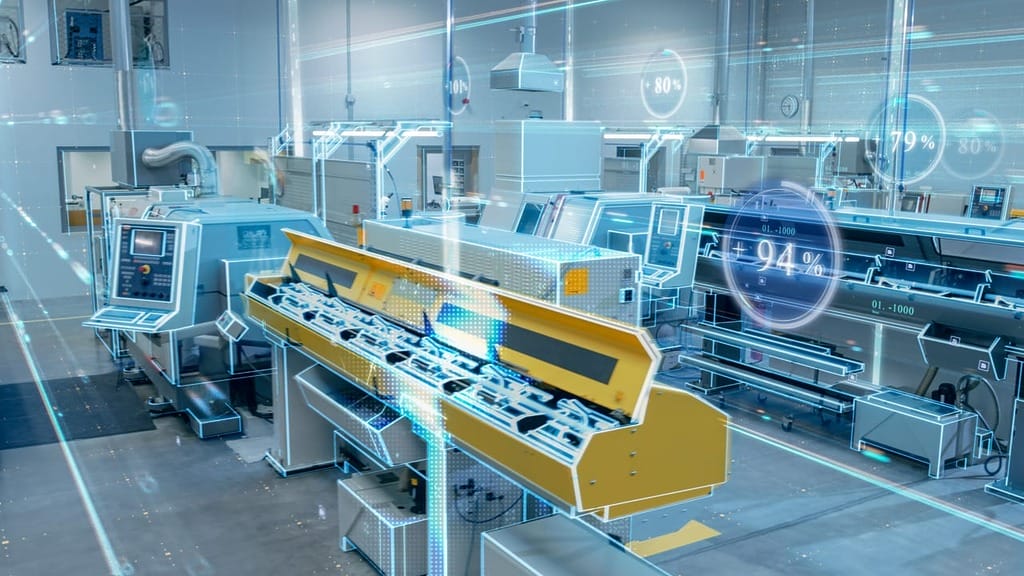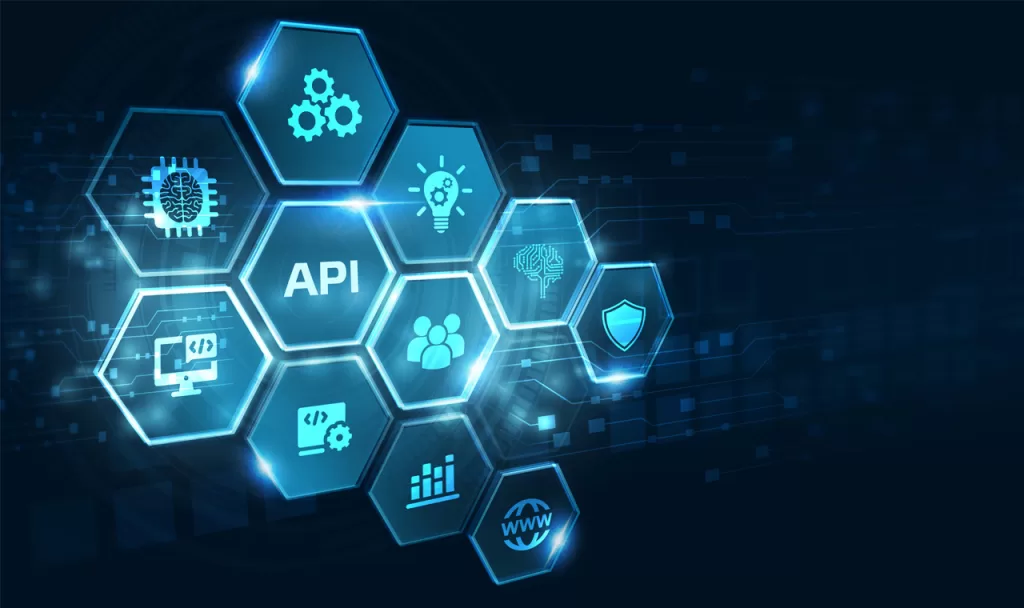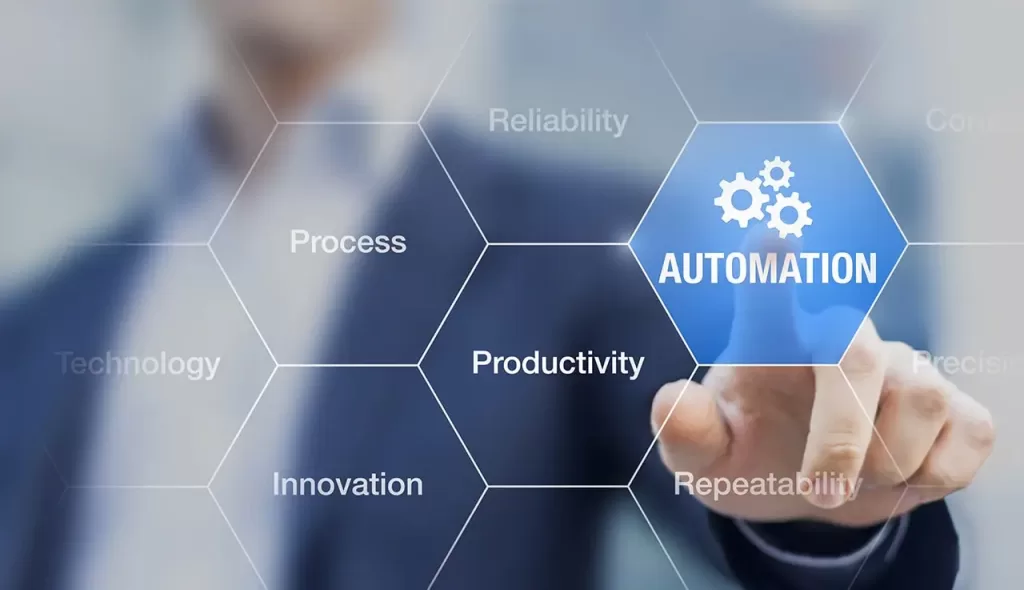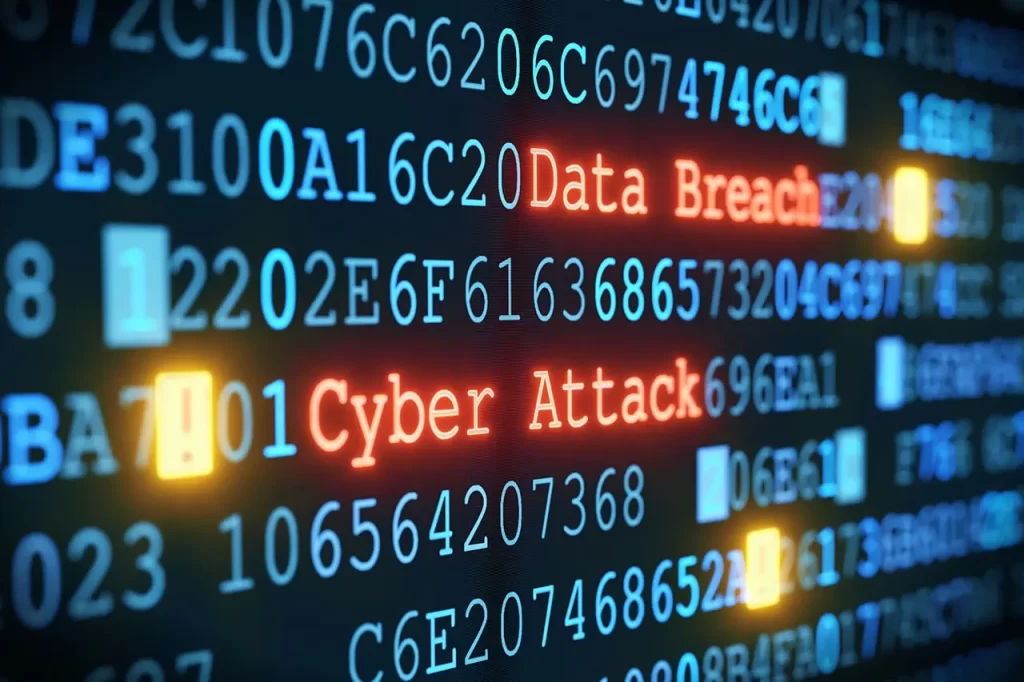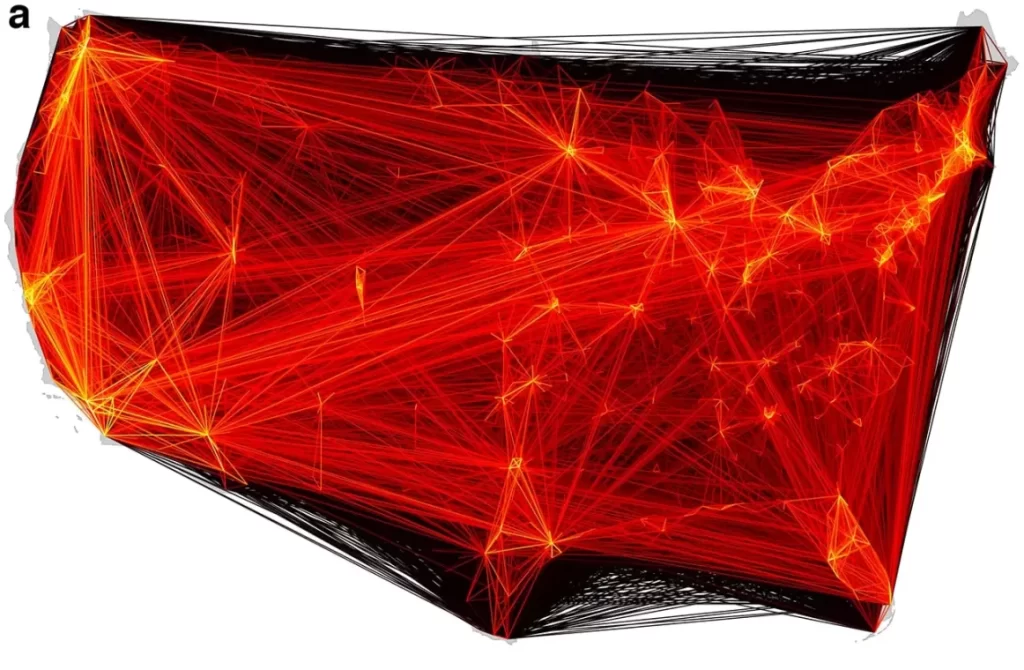When Should You Choose Edge Computing Over Cloud Computing? ATMECS – Content Team When Should You Choose Edge Computing Over Cloud Computing? Edge computing is a distributed IT architecture and computing framework that includes multiple devices and networks at or near the users. It processes data near the generation source and enables processing at a higher volume and speed resulting in real-time action-led results. Edge computing helps business organizations by offering faster insights, better bandwidth availability, and improved response times. The process enables organizations to improve how they use and manage physical assets and create interactive human experiences. How is edge computing different from cloud computing? Cloud computing involves the deployment of different resources like databases, storage, servers, software, networking, etc., through the internet. Edge computing, on the other hand, helps increase the responsiveness of the IT infrastructural resources by processing data near the generation source. Organizations and industry experts remain optimistic about cloud computing’s future growth, but a few others bet on the benefits of edge computing. Here is a breakdown of the differences between edge computing and cloud computing. Speedy and agility Edge computing uses computational and analytical powers close to the datacenter to increase responsiveness and perception speed and boost well-designed applications. On the other hand, a traditional cloud computing setup does not match the speed of configured edge computing networks. Edge computing solutions provide low latency, high bandwidth, device-level processing, data offload, and trusted computing and storage. In addition, they use less bandwidth because data is processed locally. Scalability Scalability, in edge computing, depends on device heterogeneity. This means performance levels vary across devices based on device specifications. However, cloud computing enables better scalability related to network, data storage, and processing capabilities through existing subscriptions or on-premise infrastructure. Productivity and performance The computing resources are close to end-users in edge computing, which means the client data can get processed through AI-powered solutions and analytical tools that require real-time streaming of data. The process helps ensure operational efficiency and heightened productivity. Cloud computing removes the requirement of patching software or setting up hardware related to onsite datacenters, which enhances IT professionals’ productivity, improves organizational performance and minimizes latency. Cloud computing offers IAAS, PAAS and SAAS models as offerings catering to the infrastructure needs of organizations regardless of size or IT staff/expertise. Examples of edge computing Edge computing helps bring storage capabilities and data processing closer to ensure an efficient ecosystem. As the costs of ‘storage’ and ‘compute’ have been reducing steadily, the number of smart devices that can carry out various processing tasks with edge computing is growing steadily as well. The variety of edge computing use cases are increasing along with the increasing capabilities of artificial intelligence (AI) and machine learning. Big Data, where volume, veracity, velocity and variety of data matters, is one area where edge computing is poised to have the best business applications and returns on investment. Here are some examples of edge computing use cases: Autonomous vehicles By collecting and processing data about the location, direction, speed, traffic conditions and more, all in real time, autonomous vehicle manufacturers use edge computing to enhance efficiency, improve safety, decrease traffic congestion, and reduce accidents. Remote monitoring of oil and gas industry assets To enable careful monitoring of oil and gas assets, petroleum companies use edge technology to observe the oil and gas equipment, manage cost-cutting, and enhance productivity. The process also includes visual inspection or monitoring of remote sites. As edge computing enables real-time analytics with processing much closer to the asset there is less reliance on good quality connectivity to a centralized cloud. Smart grid technology Smart grid technology collaborates with edge computing to enable side-based decentralized storage and generation, optimize energy efficiency, innovate business models, predict maintenance in product lines, and improve overall operational operational efficiency. In-hospital patient monitoring Use of edge computing can allow the hospitals to process data locally to maintain data privacy. It also enables real-time notifications to practitioners of unusual patient trends or behaviours, and creation of 360-degree view patient dashboards for full visibility. Content delivery Edge computing enables fast, efficient and secure content delivery by leveraging APIs, websites, SaaS platforms, mobile applications, etc. Benefits of edge computing Edge computing optimizes data-driven capabilities by enabling data collection, reporting, and processing near the end user. The framework incurs multiple benefits during the process. Speed and latency With edge computing, data analysis is confined to the source where it was created and thus eliminating latency. The process leads to faster response times and makes the data relevant and actionable. Security Critical business and operational processes rely on actionable data that may be vulnerable to breaches and cyber threats. Edge computing helps diminish the impact of potential system risks and analyze the data locally providing security to the entire organization. Cost savings Edge computing helps categorize data from a management perspective by retaining it and reducing the requirement of costly bandwidth to connect different locations. The framework optimizes data flow, reduces redundancy, and minimizes operating costs. Reliability Devices that utilize edge computing can store and process data locally to improve its reliability. It helps eliminate temporary disruptions in connectivity and ensures zero impact on smart device operations. Scalability Edge computing ensures scalability by deploying IoT devices with data management and processing tools in a single implementation. It forwards the data to a centrally located datacenter to analyze the information and execute actions for faster business growth. Future outlook Edge computing will continue to improve with advanced tech enhancements like 5G connectivity, artificial intelligence (AI), and satellite mesh in the foreseeable future. The framework will help commoditize advanced technology by enabling wider access to high performance networks and automated machines. From software-enabled improvements to advanced computing solutions – the edge computing framework will open up opportunities for achieving organizational IT efficiencies through powerful processors, cheaper storage facilities, and improved network access. ATMECS aims to bring visible transformation in systems through edge-integrated development platforms and automation services. The company partners with multiple




